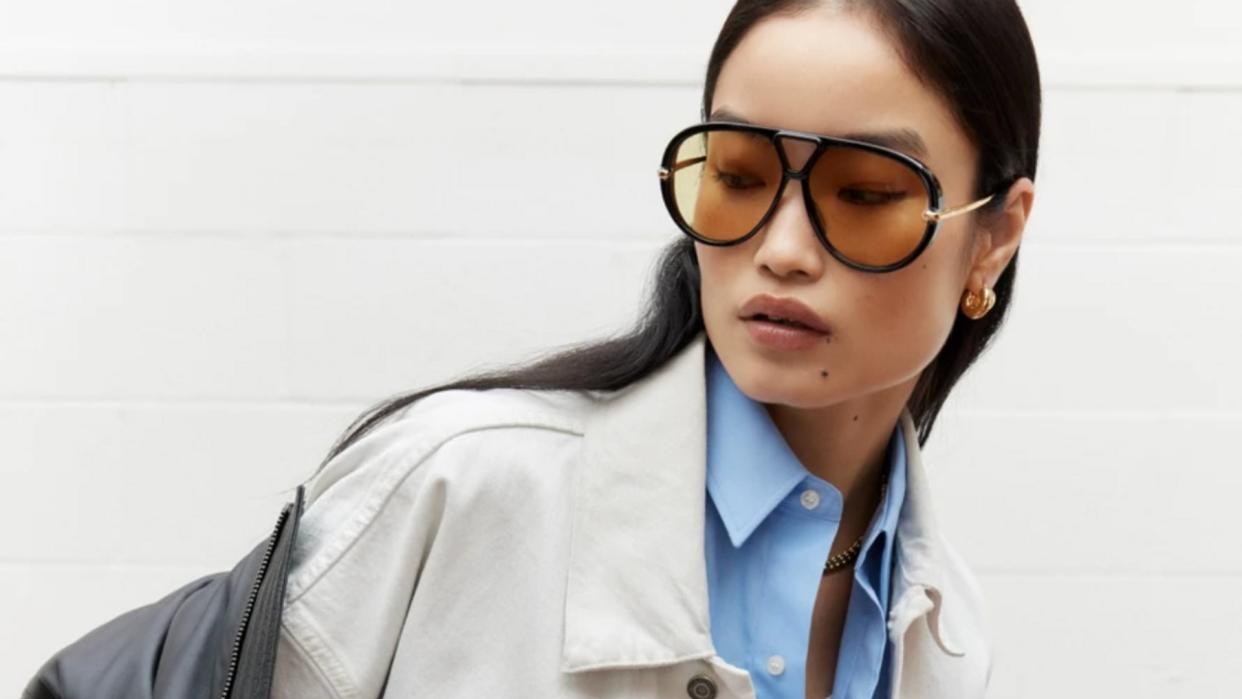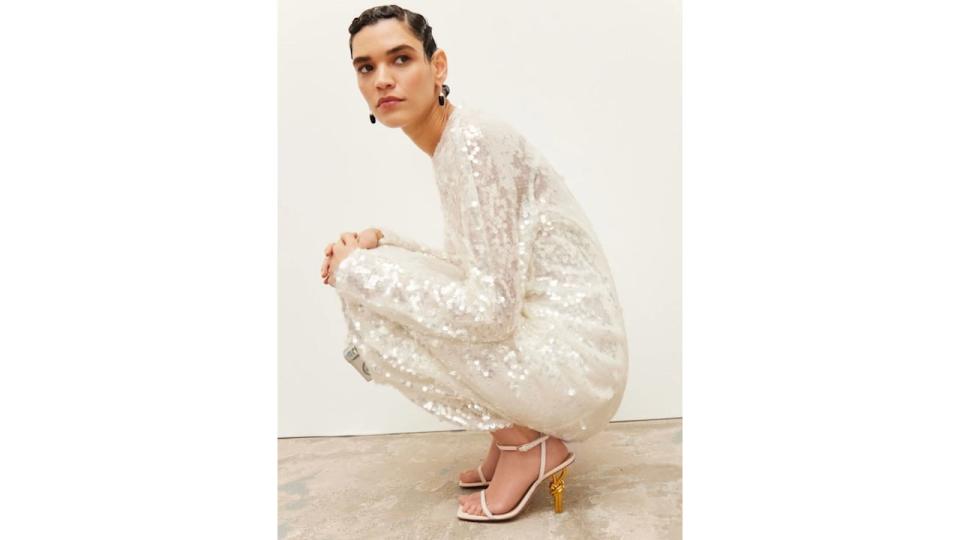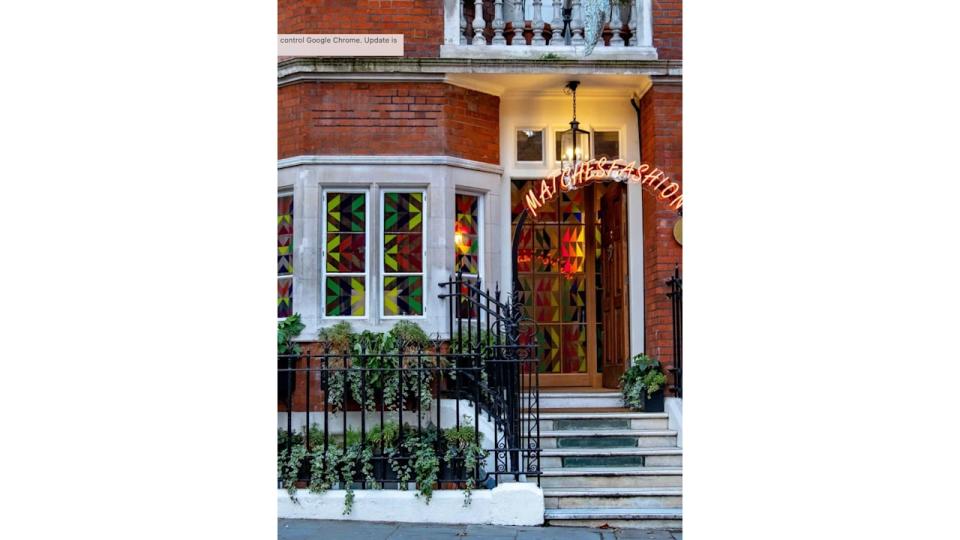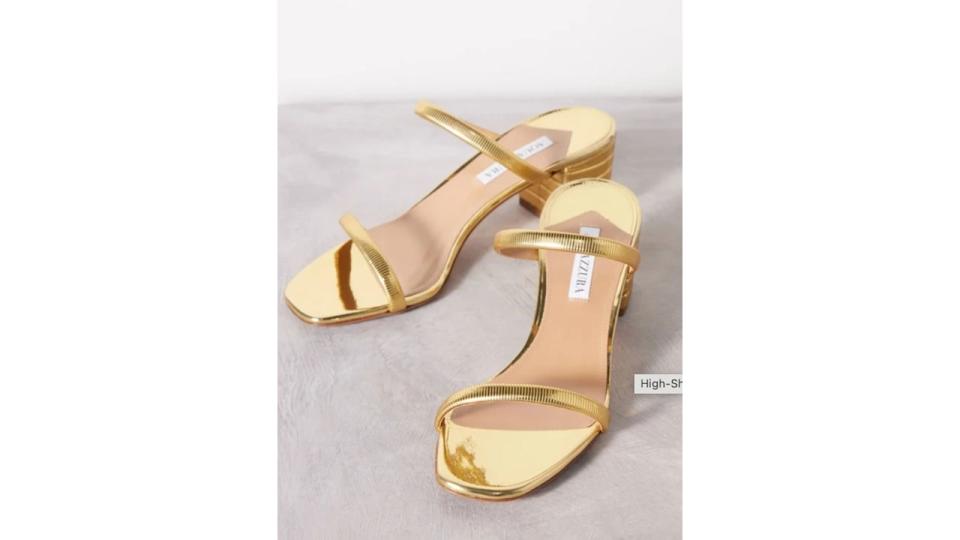Why Matches closing is an especially sad day for fashion

'Tis indeed a sad day for the fashion industry. MatchesFashion, colloquially known simply as Matches, has officially stopped trading in the UK.
The global luxury e-commerce platform was an emporium of fashion, spanning designer accessories, hot-off-the-press pieces and artisan homeware.
You may also like
The best dressed guests at Gucci Cruise 2025
9 stylish straw bags that look nearly identical to Prada's Raffia Totes

In March 2024, news began swirling that the luxury hub was set to shutter. Hundreds of jobs were put at stake and many designer brands were left in limbo as to the future of the fashion platform and their unsold stock. The company owed more than £210 million to both customers and brands, including Gucci and Anya Hindmarch.
Founded by Tom and Ruth Chapman in 1987, Matches started out as a brick and mortar store in leafy Wimbledon Village. The company went on to launch stores across London, with its flagship materialising at 5 Carlos Place.
The affluent store locations coupled with the promise of the most coveted garments on the market quickly solidified Matches as the ultimate shopping destination for those with cash to splash.

At its peak, the company stocked over 600 labels, from powerhouse empires such as Gucci and Prada to emerging independent brands like Chopova Lowena. This helped to broaden the brand’s target market, appealing to those on the hunt for timeless heirlooms or trend-led, sustainable picks.
The company’s closure is tragic on many levels. Firstly, for those who lost their jobs amidst the fold and secondly, as it prompts a bigger, more profound question as to where the future of luxury consumption lies.
It’s no secret that luxury fashion is suffering. In April 2024, Vogue released a chart documenting the rise and catastrophic fall of luxury e-commerce platform’s sales growth from 2017 to 2023, and the results were dim.
MORE: What to wear to Wimbledon 2024: 6 Outfit ideas that totally serve
MORE: The 10 chicest designer tennis bags to inspire your Wimbledon style game
Matches, Net-A-Porter and Farfetch's sales had troughed following a former peak in 2020 during the pandemic, when China kept the luxury sphere afloat. According to Bain & Company, the country is responsible for nearly 35% of global luxury goods consumption and continues to shape the foundation of the industry.
This doesn’t fare well for luxury lovers. Considering the ongoing output of luxury goods by fashion houses and the increasingly messy fashion month schedules, it’s also highly confusing. Production seems consistent but the stats show otherwise in terms when it comes to consumer demand.
Fashion’s facade is depicting a very different story as to what is going on behind the scenes. Couture is fading out and fast luxury is taking over, as reported by Coresight Research. The plateauing demise of Matches rubs salt in the retail wound, reinforcing the fact that luxury is potentially on its last legs.

It also signals the potential fall of creativity in fashion. Yes, luxury can be indulgent, with prices preposterous at times. But the luxury world is the birthplace of sartorial innovation, bolstered by the talents of figures from Yves Saint Laurent for Dior to Tom Ford for Gucci. Call us sentimental, but it would be a travesty for such ingenious creative outlets to crumple along with the e-commerce platform.
The future of luxury remains unpredictable and the fall of Matches feels like the start of a domino effect. If nobody is buying luxury, then what happens?
While we bid farewell to the well-loved, much-celebrated platform that was MatchesFashion, we have to look at the positives.
MORE: 7 summer outfit ideas you need to add to cart for 2024
SEE: The 10 best broderie anglaise dresses to add to your 2024 summer wardrobe
Retailers like Machine-A and LN-CC are expanding, showing there is still a desire to have an in-person multi-brand experience. McKinsey forecasts a steady 2 to 4% growth in the luxury sector in 2024, noting the that timeless hard luxury goods such as jewellery, watches, and leather will likely be in demand as consumers are increasingly valuing emotional connection and authenticity over baseless celebrity endorsements.
It’s now in the hands of the creatives who will find a way around this luxury consumer conundrum. And when they do, we hope to see luxury retail rise from the ashes once more.



